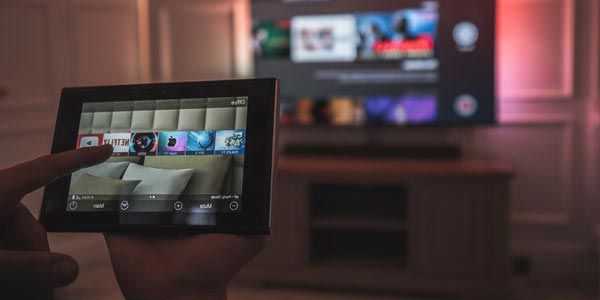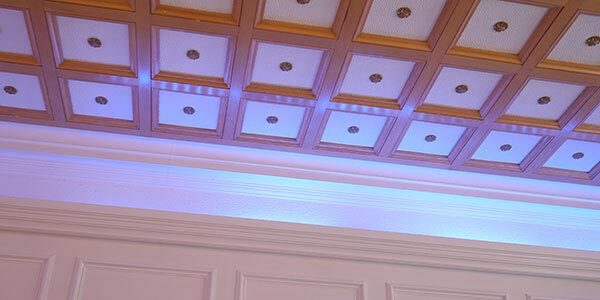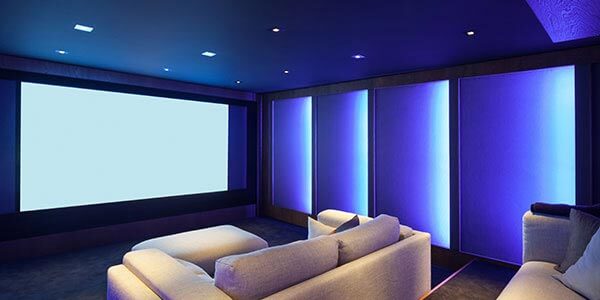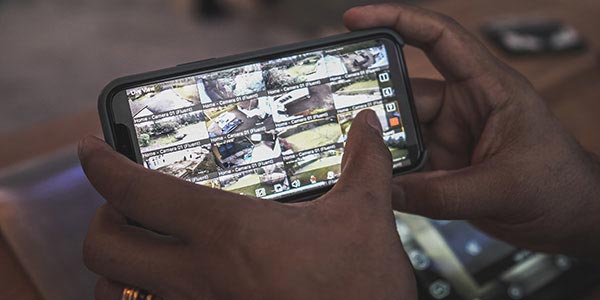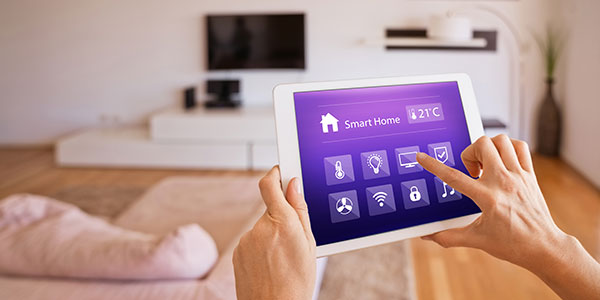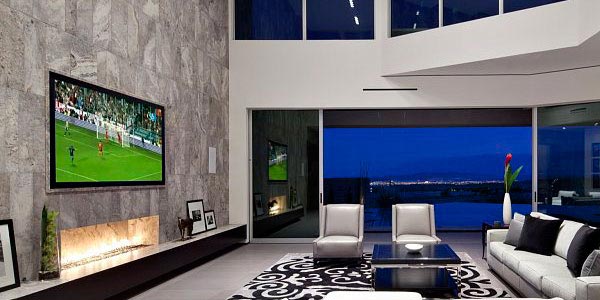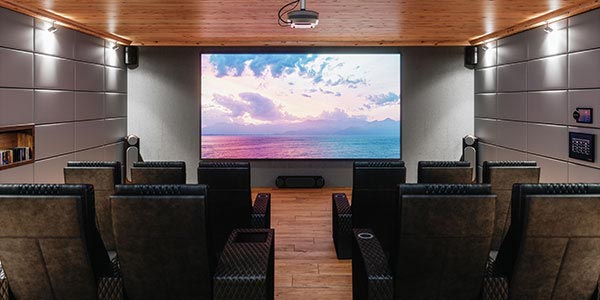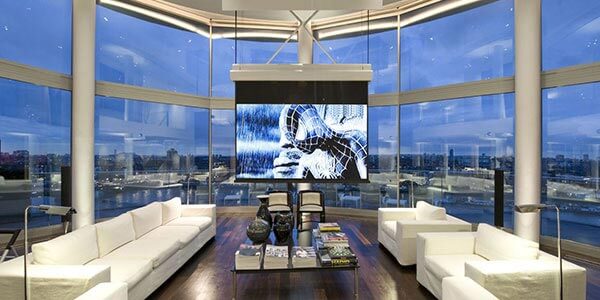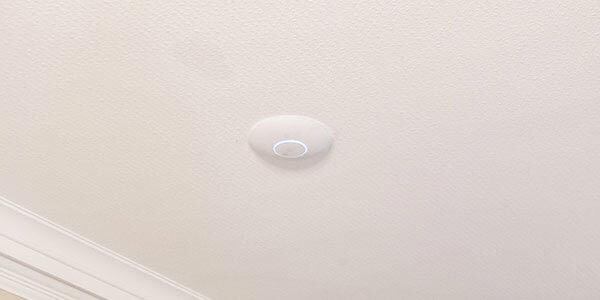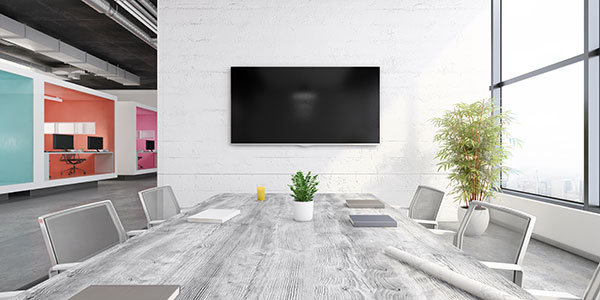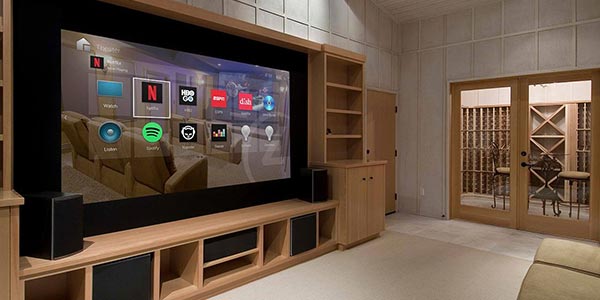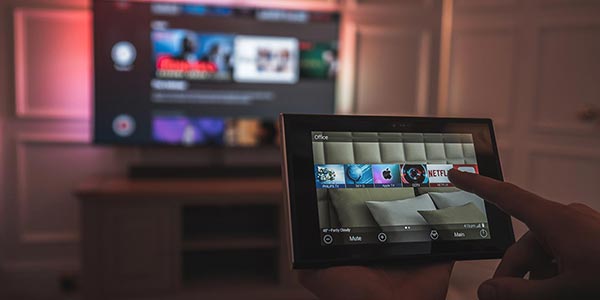When the 1989 film Back to the Future Part II offered its own portrayal of life in the then seemingly distant year of 2015, it got a surprising amount right – including that we would have fingerprint-scanning tablets, hands-free computer games and video-based chat.
So, if the filmmakers managed to correctly guess so much of what life would be like in thirty years’ time, surely looking just ten years ahead should be relatively simple? We will give it a try.
Flying – rather than merely driving – to work
Of course, some of the above-mentioned film’s most iconic predictions included that people would be routinely getting around on hover boards and flying cars. Neither forecast has quite come true yet – but, by 2030, we could still all have our own airborne means of transport.
Just last year, French inventor Franky Zapata succeeded in using a jet-powered hover board to travel the 21-mile distance between the French and English coasts.
Robot that will help – rather than, ahem, terminate – us
We can undoubtedly all feel relieved that the Terminator films’ apocalyptic visions of our robotic future haven’t materialised. In fact, in 2030, we probably won’t even have friendly robot servants of the ilk of R2-D2 or C-3PO.
However, robots still look likely to become increasingly capable of such tasks as flying planes, diagnosing illnesses and assessing financial affairs without needing to be supervised by humans.
Significant advancements in healthcare
In the year of the COVID-19 pandemic, using technology to keep on top of medical matters has never looked more important. That importance could intensify yet further in the years ahead, even long after the pandemic has subsided.
Smartwatches such as the Apple Watch could become integrated with more and more sensors that, especially crucially, are more accurate and reliable than what we often get today.
A new Space Age
Naturally, you could argue that the first Space Age never really ended. However, it could generate renewed excitement by 2030, as that’s the year by which NASA hopes to finally return to the moon.
Intriguingly, according to NASA administrator Jim Bridenstine, the next person to set foot on the moon will be a woman – the first woman to do so. It brings to mind the recent Apple TV+ series For All Mankind, which depicted an alternate Space Race where female astronauts were involved.
Further evolution of the smart home
There is already a multitude of varied home automation devices on the market – and it’s easy for our installers to plug those devices into your existing smart home setup.
If you don’t already have one, we could install a smart home for you – and add further home automation devices as they become available. However, as we can also push software updates to existing appliances, you could find yourself getting more and more out of them well before 2030.


